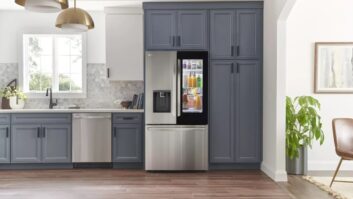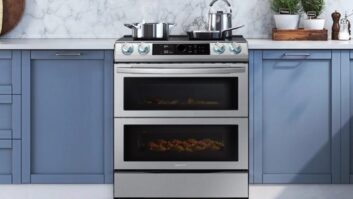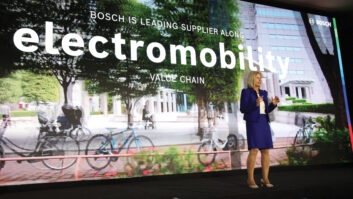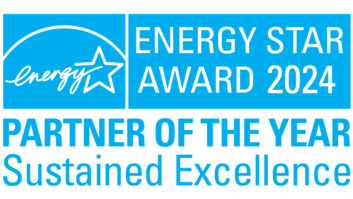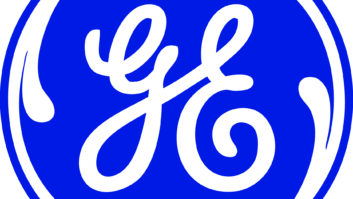Washington – Manufacturers will have to increase the energy
efficiency of most new refrigerators by 25 percent beginning in 2014 under new
standards set by The Department of Energy (DOE).
The new rules, which DOE is expected to finalize by year’s end, will
reduce the energy use of a typical 20-cubic-foot top-mount refrigerator to
about 390 kilowatt hours (kwh) per year, down from about 900 kwh/year in 1990
and about 1,700 kwh/year in the early 1970s.
The mandated energy savings are 25 percent for top mounts and
side-by-side models with through-the-door ice; 20 percent for bottom mount
configurations; and 10 percent to 25 percent for compact refrigerators.
Standalone freezers would have to cut their energy consumption by
25 percent to 30 percent.
As part of the new refrigerator standards, ice maker energy
consumption also will be reflected in product energy-use ratings, clarifying
the ratings procedure and giving consumers a more realistic gauge of actual
energy usage in home use.
The new standards, part of
a sweeping proposal submitted by majap makers and advocacy groups in July, are
expected to save enough energy over 30 years to meet the total power needs of one-fifth of all
U.S. households for one year, saving consumers about $18.5 billion, DOE said.
The majap industry, conservation groups and other advocacy
organizations lauded the move, which they described as the first step in
implementing their proposed recommendations for new minimum efficiency
standards, tax credits and Energy Star incentives for smart appliances
affecting six major categories of home appliances.
“The appliance industry has a strong history in reaching
agreement with a broad base of energy and water efficiency advocates, as well
as consumer groups, to develop energy conservation standards for home
appliances,” said Joseph McGuire, president of the Association of Home
Appliance Manufacturers (AHAM), an industry trade group. “The new minimum
energy standards are a significant part of the agreement, as is the extension
of the current super-efficient manufacturers’ tax credits, which we are urging
Congress to act on, and a soon-to-be-submitted petition to Energy Star on smart
appliances.”
“We appreciate that DOE has moved so quickly to adopt the
agreed-upon standards,” added Andrew deLaski, executive director of the
Appliance Standards Awareness Project (ASAP), comprised of representatives from energy efficiency organizations, the
environmental community, consumer groups, utilities, and state government.
“The consensus standards not only save consumers a huge amount of energy and
money, they also save DOE the energy, time and money that a contentious
rulemaking process can require.”
David Goldstein, energy program director for the Natural Resource
Defense Council and winner of a MacArthur Prize for his work on refrigerator
efficiency, described the new standards as “a big step forward” that will help
pave the way for manufacturer investments in the next generation of energy-efficient
products.
Jeffrey Harris, VP of the Alliance to Save Energy, said
refrigerators have become much more efficient in recent years, but still
account for about 10 percent of household electricity use. “With the new
standards, consumers will not only save energy, they’ll also have a better
picture of total energy use, because the ratings will include automatic ice
makers,” he noted.
Refrigerators are one of six categories including freezers, washers
and dryers, dishwashers and room air conditioners that were targeted for higher
efficiency standards by majap makers and efficiency, environmental and consumer
advocates. The organizations have agreed to jointly pursue new standards for
the remaining categories with Congress and the Obama Administration, and have
recommended that Energy Star qualification criteria incorporate credit for
Smart Grid capability and a package of targeted tax credits aimed at fostering
the market for super-efficient appliances.
While DOE or Congress can act on the standards, the extension of
the manufacturers’ tax credit for super-efficient appliances requires new
legislation, AHAM said, although the Environmental Protection Agency (EPA) and
DOE said they would consider employing smart appliance incentives through the Energy
Star program to jump-start the nation’s “smart grid.”






